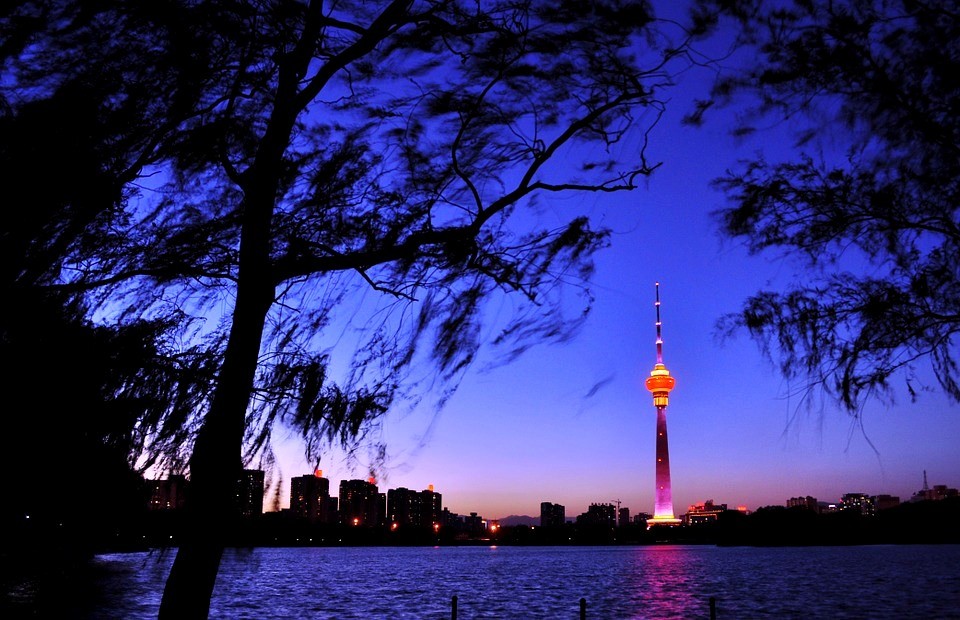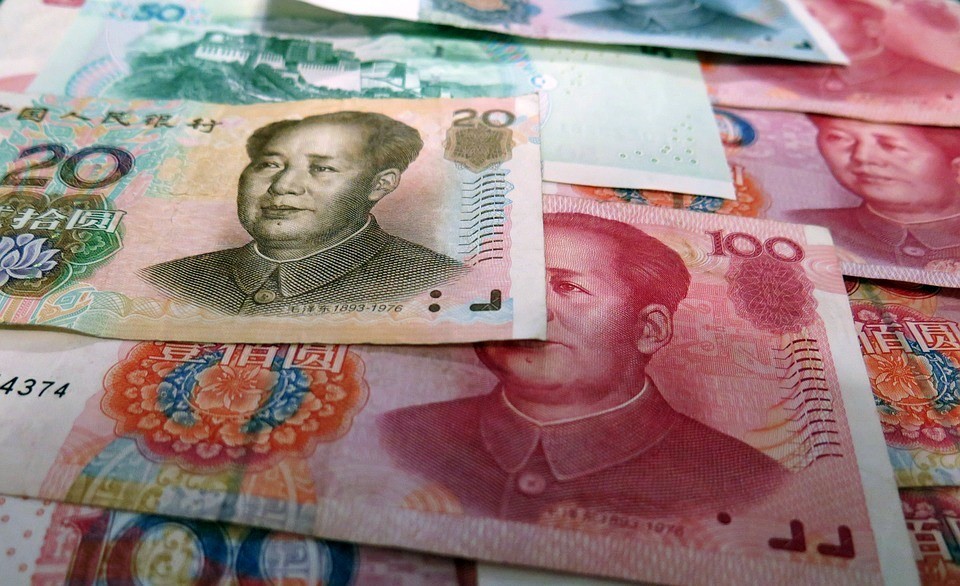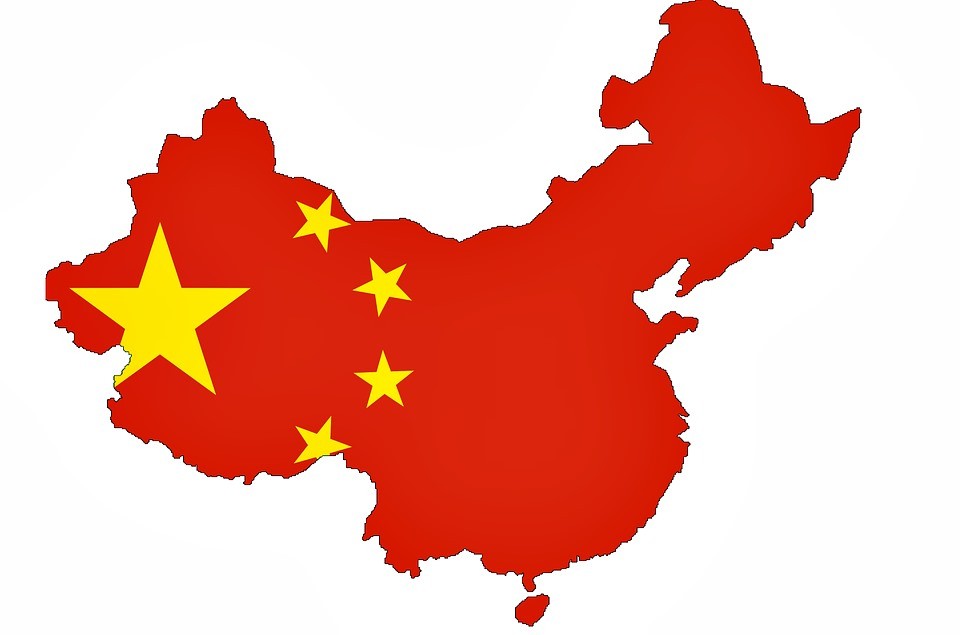Social Media
Backpacking Information on China

- Population: 1.3 billion (UN, 2005)
- Capital: Beijing
- Area: 9.6 million sq km (3.7 million sq miles)
- Major language: Mandarin Chinese
- Major religions: Buddhism, Christianity, Islam, Taoism
- Life expectancy: 70 years (men), 73 years (women) (UN)
- Monetary unit: 1 Renminbi (yuan) (Y) = 10 jiao = 100 fen
The People’s Republic of China – one of the world’s oldest and thriving civilizations consisting of states and cultures dating back to more than 6 millennia, outpacing the rest of the world in arts and sciences. Ancient China is the master creator of four of the most critical innovations in our modern world: paper, compass, gunpowder, and printing, says British biochemist and scholar Joseph Needham. Besides, who does not know of the Great Wall, Jackie Chan, or the Peking Man who used fire 300-780 millennia ago?
China’s cultural sphere has extended to the tiny corners of the world from Southeast Asia, East Asia, America, Australasia, to Europe. CHINATOWN contributes significantly to this mobility with its presence celebrated in the whole of Asia, Middle East, Oceania, North America, Latin America, Europe, and even Africa. The first Chinatown was established in Manila, but this is more of a commerce and trade hub nowadays, than as ethnic enclaves for overseas Chinese. This is mostly the world’s (AND our) orientation to Chinese culture; however, Chinatown is apparently a part and parcel of this greater culture.
GEOGRAPHY
China, an East Asian country on coordinates 35 00 N, 105 00 E, is the 4th largest country in the world after Russia, Canada, and the U.S. with a total area of 9,596,960 km². It has a terrain of mostly plains, hills, and deltas in the East, and mountains, plateaus, and deserts in the west, with rivers flowing from West to East, i.e. Yangtze and Huang Ho (main rivers), emptying into the Pacific Ocean. Elevation extremes comprise of Turpan Pendi, the lowest point (-154 m), and Qomolangma (Mount Everest), the highest point (8,850 m). China currently deals with ecological concerns of air and water pollution, water shortages, deforestation, and trade of endangered species.
CLIMATE
With an extremely diverse climate brought about by a vast territory, China experiences frequent typhoons, floods, tsunamis, land subsidence, earthquakes, and droughts in some regions.
Northern Zone: Summer-30 ° C; winter- sever arctic
Central Zone: Temperate continental
Southern Zone: Subtropical
PEOPLE
China ranks as the most heavily populated country in the world with 1,336,860,000 people, comprising 19.62% of the world’s population as of April 10, 2010, not even including Hong Kong, China, and Macao. Of this population are 56 ethnic groups with the Han Chinese taking the cake as the largest single ethnic group in the world with 92% of the PRC population. Nonetheless, all Chinese, regardless of ethnicity, have equal national rights and privileges.
LANGUAGE
MANDARIN is Modern China’s official language spoken by 850 million Chinese. The Standard Mandarin is of the Beijing dialect and one of the six official languages designated by the United Nations. ENGLISH is the nation’s language for business and education with a growing demographic of 20 million speakers produced annually. A majority of China’s 55 ethnic groups have their own varieties and dialects, like Cantonese, Fukien, and so on.
RELIGION
China’s social values are rooted on Confucianism and Taoism. The nation respects multi-religiosity with Taoism practiced by 400 million of the Chinese population (30%), whereas Buddhism is practiced in harmony with Taoism. Freedom of religion and activities relating to belief are protected by the constitution, hence the presence and acceptance of Christianity and Islam in the region as well.
ATTRACTIONS
In China, “attractions” is an understatement, but the most famous are the majestic Great Wall, out-of-this-world Tibet, the unmatched Silk Road, the mystifying Terra-Cotta warriors, the imperial Forbidden City, and the grand Yangtze River. Hainan Island, a Special Economic Zone, remains a total backpacker destination for its natural grandeur coupled with a mild climate and favourable environment the whole year round. Tagged as “The Oriental Hawaii” for its unmatched beach landscapes, this is China’s sweet winter escape where young people like to chill and old people prefer to live.
Natural or man-made, China takes pride in them all. Indeed, Chinese architecture is greater than just its wall. From China’s temples to palaces, the traveller will note of the principle of balance and symmetry smeared from its ornate roofs to the infinitesimal design details. In modern architecture, China has the largest number of high-rise buildings in the world.
FOOD
Every single human being has an established concept of “Chinese food” such as rice or noodle toppings in a box, but it really is a general term as “European cuisine” as food is diverse as the regions in China. Rice is the staple in the South, while wheat noodles, in the North. We’re talking Guang Dong’s Dim Sum, Shanghai’s spring rolls and pulled noodles, and Szechuan peppery dishes to cite some. Beijing may be the home of the Peking duck, but Cantonese food is the most popular to the world. Food trip alone will be a good reason to take a trip to China for its enthusiastic gastronomic culture. Of course, it doesn’t hurt that Chinese gourmands on and off the street ensure fresh and clean food. For “dog lovers”, they also serve dog meat, camel’s paw, snake, shark’s fin and other bizarre exotica.
ODD-BALL HABITS
- Spitting ubiquitously (hotels, hospitals, banks, supermarkets, etc.);
- Slurping noodles (compliments to the chef!);
- Staring incessantly due to curiosity;
- Shoving in queues and accepted negligence to laws and regulations i.e. driving, smoking zones, etc.;
- Shouting or loud speech is simply vivacity and interest in conversation (not anger) and is very standard.
Social Media
The Phantom Growth of China's Ghost Cities

Bloomberg has a new video series out called "China's Ghost Cities."
The reporter, Adam Johnson, describes how the Chinese government is building massive cities that no one lives in yet. The expectation is that China is going to "grow" into these cities.
A remarkable idea, really. The authoritarian planners in Beijing or where decide it would be good if, say, a million people or more could relocate to a pre-planned area.
Then they build out the infrastructure – or rather the entire metropolis, skyscrapers, stops and all – and wait.
Stop for a moment and ponder how nutty this is. The last time your editor checked, central planning was not a huge success. According to history, bureaucrats wielding directives over long distances tend to allocate resources poorly.
But are ghost cities a recipe for a bust? Some say no. The Bloomberg reporter, for instance, assures us that China's economies are different – that is to say, "it's different this time." (Where have we heard that before …)
It is supposedly OK that these ghost cities, built for millions of refugees, have only tens of thousands of people living in them – because all that deserted square footage will eventually be put to good use.
As a bonus, building ghost cities is great for economic growth.
Via running superhighways out to the middle of nowhere, erecting steel and glass towers in the boondocks, China generates new jobs in construction, civil engineering, city planning and the like. All this construction looks fabulous on paper. The ghostly infrastructure gets counted as productive output, and the super-aggressive GDP target is maintained.
But what is wrong with that picture?
For one, there is the central planning problem. Growth and development are free market forces, with signature marks of trial and error. Successful cities are built from the ground up, not decreed by bureaucrat stamp. So how does the government know where a new metropolis should go, or what its optimal size should be?
Then you have the accounting problems. Should the promise of tomorrow be so read reflected on balance sheets today?
Imagine if a public corporation said, "We are going to grow 20% per year by building idle factories in the middle of nowhere, that no one is going to use for quite some time. will show up. We'll make a profit on them ever. Just do not ask when. "
Such a plan would be brutalized by the market, because public companies are held accountable for profits and return on investment (ROI). (At least most of the time – in bubble times investors will happily suspend their rational faculties.)
The Chinese government, of course, does not have to seek profit in its actions. Or it can measure results in some entirely non-traditional way, via "how many jobs did we create" or "how do the GDP numbers look."
At the end of the day, the "ghost city" mandate is directly channeling John Maynard Keynes, who once suggested digging holes, then filling them up again as a way to put men to work.
China is being more sophisticated. Rather than digging holes, it is putting up buildings. The effect is the same though. "Some day" the empty skyscrapers will have value – if they are not condemned as worn-out structures first – but until then they are just holes.
China bulls are not bothered by the ghost cities for at least three reasons.
First, they have convinced themselves (with more than a bit of faith) that the empty metropoli will one day (sooner rather than later) be full.
Second, they figure China has a lot of money to burn even if the ghost cities do not work out.
And third, as the old saying goes, "a rolling loan growers no loss." As long as the specialized music is playing, the property developers can keep dancing.
The trouble, as always, comes when the music stops. If China turns out to have built, say, 20 years of excess capacity by the time that happens, then hundreds of billions' worth of stagnant projects will have to be written off.
Tougher still is the idea that China's "economic miracle" is actually a heavily leveraged bet on mercantilism … propped up by runaway construction … with the tail end of the boom pushed recklessly from pie-in-the-sky projections for future growth.
That is another favorite tactic of investment manias: Along with the empire of forever skyward growth curves, mortgaging tomorrow (and borrowing against it) for the sake of today.
Even if China can write checks to cover the write-off costs of all those cities, there is a big multiple built in to the global economy right now on the assumption that China growth is the real deal. When it sinks in that much of growth is actually "ghost" or "phantom" growth – in keeping with these empty monuments to now – the collapse of that multiple could hurt.
Social Media
The Chinese Water Lantern Festival

The Chinese have designed and crafted lanterns that can float in water and glide in the air. Though sky lanterns were initially crafted as a device, to send signals, today they are used as decorative articles. Water Lanterns in Chinese festivals have its own importance.
There is an interesting story to the History of Chinese lanterns. It was believed that these lanterns, both the sky lanterns and the Water lanterns used in Chinese festivals were initially created out of necessity rather than artifacts for decorations. The Chinese have a history of inventing several new things and also leading the way in several new technologies. But, initially, the Chinese did not have access to or the knowhow to make a vital building material – Glass. Hence they did not have glass lanterns or glass windows. On the other hand, they had the skill of making paper. The paper industry in china was so advanced that it could produce paper that was very thin, to let light pass through it. They could also add beautiful colors and embellishments to the paper. Thus was born, the world’s first source of portable light – the lantern.
These lanterns were then gradually adapted to float in water and glide in the sky. Such was the skill of the Chinese craftsmen that these lanterns were used for lighting public places, homes and even battlefields. There is a story of a military strategist Zhuge Liang, having used paper lanterns to help the army march by night and attack by the day.
Over time, this battlefield beacon turned into an epitome of hope and wellbeing and festivity. The origin of the Lantern festival can be dated back to the Han Dynasty. During this time, the city is decorated with lanterns that are beautifully crafted in different shapes and sizes and then displayed with wishes or riddles written on them.
Water lanterns in Chinese festivals like the Moon Festival are a major tourist attraction. People from all over the world come to witness this event. On this day children and adults make or buy Water lanterns and write wishes on them. They then set these lanterns afloat in the water under the moonlight and watch them float away.
Water Lanterns in Chinese Festivals alongside other lanterns are used to light up the way to guide the spirit of their ancestors to come and bless them. Even today this tradition is followed, and people decorate their homes and public places to welcome their ancestors.
Health
Keemun Black Tea From China – Caffeine Content, Health Benefits, And Other Properties

Keemun is a type of Chinese black tea, originating in Qimen county of Anhui Province, China. This article gives an overview of the caffeine content, health benefits, and other properties of Keemun.
Keemun is primarily produced in Anhui province, but teas in this style have also begun to be produced in nearby Hubei, as well as in Jiangxi, and even in Taiwan. Keemun is usually described as having an earthy aroma, and its overall character is quite different from Indian and Ceylon teas. My personal perspective is that Keemun has a richer, warmer quality, often reminiscent of dried fruit, and in higher grades, a pleasing hint of wood or wood smoke. These teas are rich and full-bodied, and are among my favorite black teas.
Caffeine content:
Although you may be looking for more concrete information, it is hard to generalize about the caffeine content of Keemun. Even though it originates primarily in one region and shares certain aspects of production, Keemun is fairly diverse, coming in different grades. As a general rule though, Keemun is often in the moderate to high end of caffeine content, among teas, which means that it still has considerably less caffeine than a typical cup of coffee. Keemun has historically been used in breakfast blends, where strongly caffeinated teas were desired
Health benefits:
Keemun has actually been the subject of direct scientific study., in association with weight loss in animal studies. There is only a small amount of research referring specifically to this variety of tea, however, so most of what can be said about Keemun must be inferred from general studies about black tea.
Although green tea has a stronger association with supposed “health benefits” in the public consciousness in the United States, this association may be skewed by historical factors. Much of the early research on tea and health was conducted in Japan, where tea is synonymous with green tea. Subsequent research has found substantial evidence that black tea is healthy as well. In the absence of more reserach specifically looking at Keemun, it seems reasonable to conclude that Keemun is likely to have a similar amonut of health benefits to black tea.
Locating high-quality Keemun:
My recommendation, if you want to buy the best Keemun, is to buy exclusively loose-leaf. My experience is that the best Keemun is usually sold by companies that specialize in Chinese tea. Because they store relatively well, Chinese black teas, even those of considerably high quality, tend to be relatively inexpensive, with all but the highest grades (Keemun Hao Ya A and B, and Keemun Mao Feng) costing well under $10 for about 1/4 pound or about 100-125 grams. A few companies, including Rishi Tea, Arbor Teas, and Little Red Cup, sell fair trade certified Keemun, produced in Hubei, Anhui, and Jiangxi provinces, respectively.












